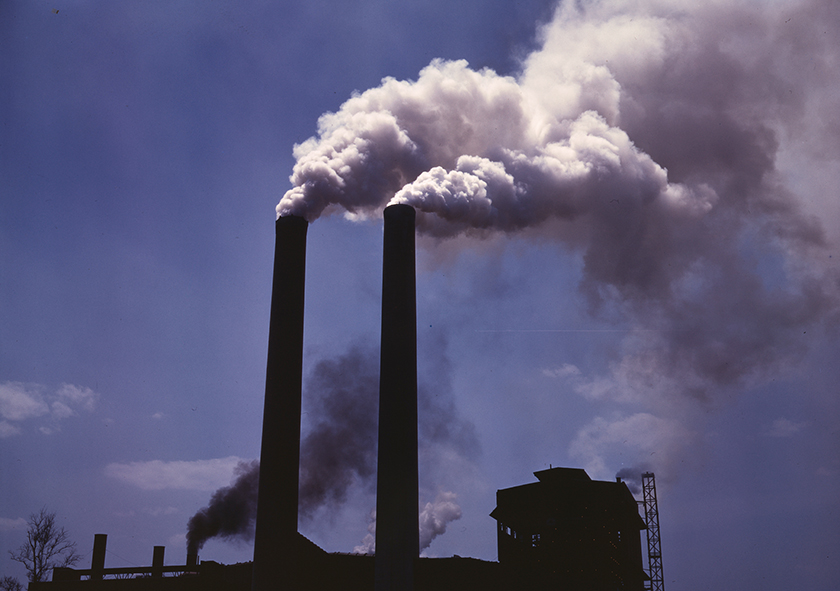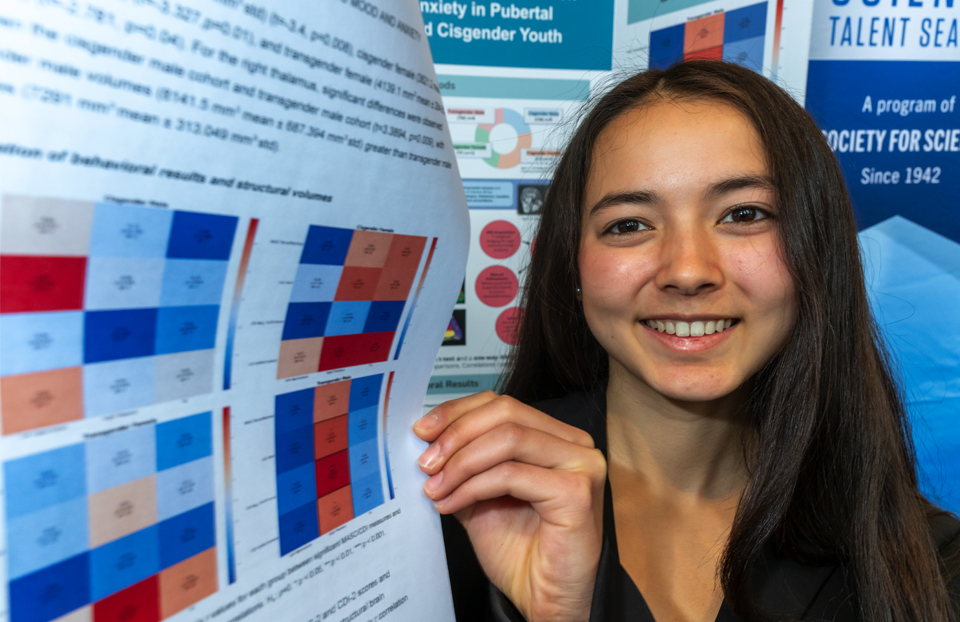New nanotech tools identify chemical composition of pollutants

One of the main challenges in addressing air pollution in specific cities, from Beijing to Detroit, is identifying the individual aerosol particles (particles suspended in the atmosphere) that make up the pollution. Because the particles are so small — most measuring only 100 to 200 nanometers — they have been difficult to identify. And their behavior in the atmosphere (how they scatter) has been poorly understood.
That’s a problem because in order to most effectively mitigate air pollution, people need to know exactly what’s in the air they’re breathing, how concentrated it is, and how it disperses.

Air pollution has even been shown to exacerbate and cause asthma in communities. According to a 2015 Science News article, human infants who breathe bad air are especially at risk of “severe lung infections and developing asthma.”
Knowing what’s polluting the air is the first step to identifying its different sources. Are the particulates from cars? Factories? Off-gassing from old buildings? How localized are different types of pollutants within cities?
Those were the kinds of questions that intrigued Darrell Tubbs, both as a student-scientist and as someone who grew up in a community called “Downriver” in Detroit, Michigan. It’s “an area with a lot of air pollution from the factories and manufacturing plants nearby,” he said.
Now more than ever we need your support to help young scientists succeed.
A 2016 finalist in the Society’s Intel International Science and Engineering Fair (Intel ISEF), Tubbs’ curiosity about what was in the air he and his neighbors were breathing led him to develop a method for isolating and analyzing nanoparticles, despite their small size.
My home had a lot of air pollution from the factories nearby.
Tubbs’ breakthrough uses surface enhanced Raman spectroscopy (SERS), a technique that allows for the detection of low concentrations of chemicals at small spatial scales. SERS relies on different types of substrates (a substance or layer of something) to absorb particles and then amplify their chemical properties. Tubbs’ project is one of the first applications of SERS to aerosol particle research.
So far, the results have been very promising and he continues to work on developing substrates that are optimized for the unique challenges of studying aerosol particles.
This work is also important for the study and mitigation of climate change. Greenhouse gases like carbon dioxide are well understood and known to have a large effect on the climate. But there’s another part of the climate change equation that’s not well understood: aerosol particles and how their behavior in the atmosphere effects Earth’s climate.
Darrell’s project isolates nanoparticles to find out how much pollution is in the air or water supply.
As Tubbs notes in his project abstract, “aerosol particles have a wide range of sources both natural and anthropogenic, which leads to a variety of physical and chemical properties.” Being able to better analyze the size and specific chemical properties of aerosol particles will allow us to understand how these particles scatter, as well as how they absorb or reflect solar radiation.


